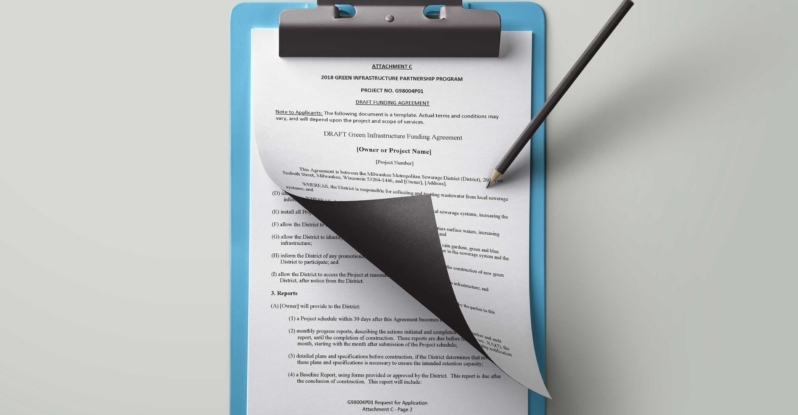Key Findings
- CityParks Tennis — one of the country’s largest free municipal tennis programs — reaches more than 600,000 New Yorkers each year.
- CPF brings 900 arts and cultural performances each year to a total audience of nearly 400,000, making it one of the largest providers of cultural programs in New York City.
Organization description
Established in 1989, City Parks Foundation (CPF) works in over 700 parks across New York City, presenting a broad range of free arts, education, and sports programs, and helping citizens to support their parks on a local level. Programs ranging from the renowned Central Park SummerStage to CityParks Tennis — one of the country’s largest free municipal tennis programs — reach more than 600,000 New Yorkers each year, contributing to the revitalization of neighborhoods throughout New York City. CPF brings 900 arts and cultural performances each year to a total audience of nearly 400,000 people.
Program description
Urban parks have always been used as a setting for arts and cultural programs — most were designed in part for that purpose — and arts activity in a park can be part of a long-term strategy to revitalize a park and as an important tool for building community involvement. City Parks Foundation uses arts and cultural programs as a vital element in the process of improving parks. CPF presents over 900 performances a year in parks through the following programs:
- Central Park SummerStage, the world-renowned free festival in New York City’s most famous park, attracts over 200,000 people each summer.
- CityParks Concerts, a summer series of three concerts in each of ten parks around the city, reaches 40,000 people.
- Charlie Parker Jazz Festival, a two-day musical celebration in two parks, reaches 10,000.
- CityParks Kids, featuring professional musicians, storytellers, and dancers in performances designed for kids ages 3 – 12. CityParks Kids takes place at 84 different parks and reaches over 100,000 kids each year. In total, we present 600 performances a year to kids. The overwhelming majority of these kids come from low-income neighborhoods.
- Swedish Cottage Marionette Theatre, the oldest continuously operating puppet theater in America, presents performances six days a week throughout the year in Central Park. The PuppetMobile also takes performances on the road, presenting shows in parks, beaches, playgrounds and other public spaces year-round.
- CityParks Dance and CityParks Theater, to be launched in summer 2006, will showcase small- and mid-sized dance and theater companies in parks around the city.
Program goals/issues addressed
Lack of activity in a park, lack of community involvement, revitalize abandoned parks.
Annual program budget
$3.2 million (of a $7.1 million total organizational budget)
Funding sources/partnerships and type of support provided
Support from foundations, corporations, government, and individuals as well as partnerships with arts organizations. About half the funding comes from corporations that want to sponsor these performances. Another 25% comes from foundations. The remainder is split evenly between individuals (largely a membership program for SummerStage) and some government funding.
Results achieved/impact
It can be technically difficult to perform in parks. It’s hard to do proper sound and lighting, and working with the elements (rain, heat, etc.) is difficult. City kids sometimes do not like to sit on the grass (worms, you know), so we bring out tarps or other covering in sites where we don’t have chairs or bench seating. Dance companies don’t always like to perform on surfaces other than sprung dance floors. Don’t be overly ambitious. Start small, with only a few performances in a neighborhood park. Music is the easiest major art form to do. Choose performers who are comfortable working outdoors. Target the audience clearly and carefully; be sure to indicate the suggested age range. Program short performances, under an hour.



